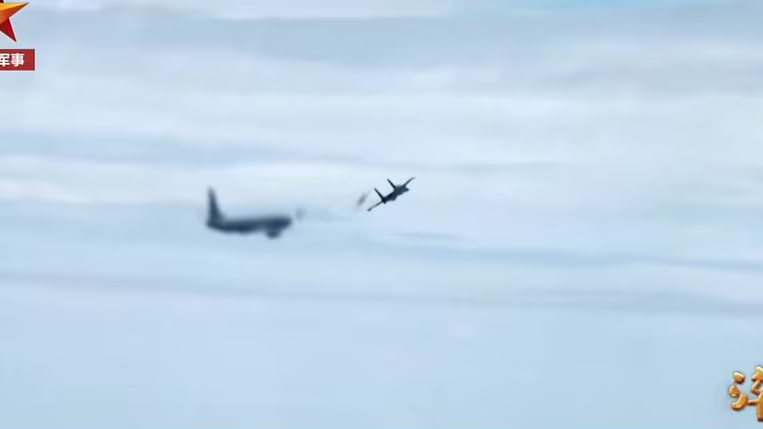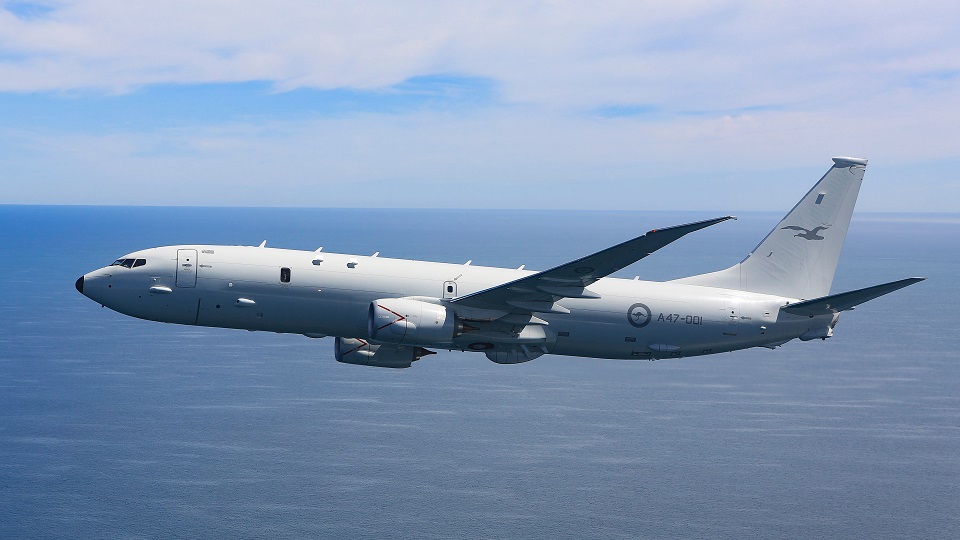Already a subscriber? Make sure to log into your account before viewing this content. You can access your account by hitting the “login” button on the top right corner. Still unable to see the content after signing in? Make sure your card on file is up-to-date.
Australia and China are continuing to trade blame after a tense aerial encounter over the disputed South China Sea.
Some shit you should know before you dig in: If you’re unaware, China claims nearly the entire South China Sea as its sovereign territory, using the so-called “nine-dash line” to assert control over a region that spans thousands of square miles of rich fishing grounds and energy reserves. This claim overlaps with the exclusive economic zones of several Southeast Asian nations, including Vietnam, the Philippines, Brunei, and Taiwan, all of whom reject China’s claims. In 2016, an international tribunal in The Hague ruled that China’s claims had no legal basis under the United Nations Convention on the Law of the Sea (UNCLOS), a decision China has outright rejected and ignored. Despite this, China has continued to militarize the region, constructing artificial islands with military infrastructure placed on them. This has drawn criticism and pushback from the United States, Australia, and other Western powers, which conduct freedom of navigation operations to challenge China’s claims and uphold international maritime law.

Getting into it: On Sunday, a Royal Australian Air Force P-8A Poseidon surveillance aircraft was conducting a routine maritime patrol over the South China Sea when it was intercepted by a Chinese J-10 fighter jet. According to the Australian Department of Defense, the Chinese jet released flares close to the Australian aircraft near the disputed Paracel Islands (territory claimed by China, Vietnam, and Taiwan). The Australian government described the maneuver as “unsafe and unprofessional,” stressing that the patrol was conducted “in accordance with international law.”
Defense Minister Richard Marles confirmed the incident, saying, “No Australian personnel were injured and the aircraft was not damaged, but this was a clearly dangerous interaction.”
China, however, has fired back with a different version of events. On Tuesday, Chinese Ministry of National Defence spokesperson Jiang Bin accused Australia of illegally intruding into Chinese airspace and attempting to “shift the blame” onto China. “The Australian military aircraft flew into the airspace of China’s Xisha Islands (Paracels) without permission,” Jiang said during a press briefing, calling the move a “serious violation of China’s sovereignty.”
He added, “Australia’s false accusation that China’s actions to defend its rights are ‘unsafe’ and ‘unprofessional’ is a twisted and absurd argument that holds no water anywhere.” Jiang said that China warned Australia to “strictly restrain the actions of its frontline naval and air forces.”
China’s People’s Liberation Army (PLA) Southern Theatre Command also weighed in, claiming its forces had acted “in accordance with regulations” by tracking and driving away what it called an “intruding” Australian aircraft.







